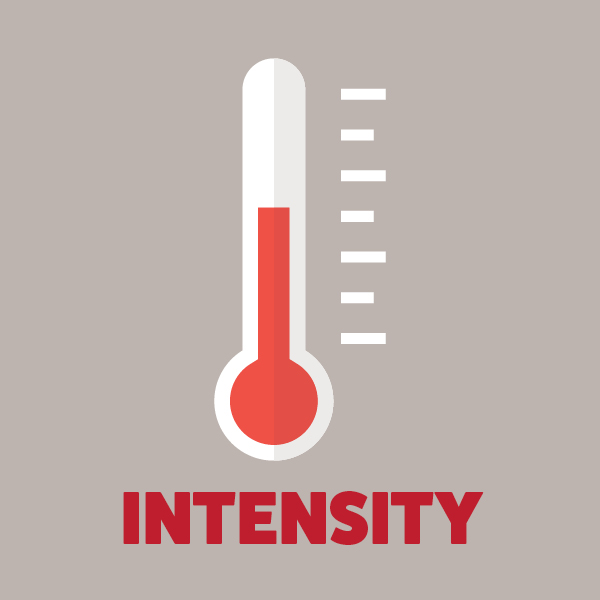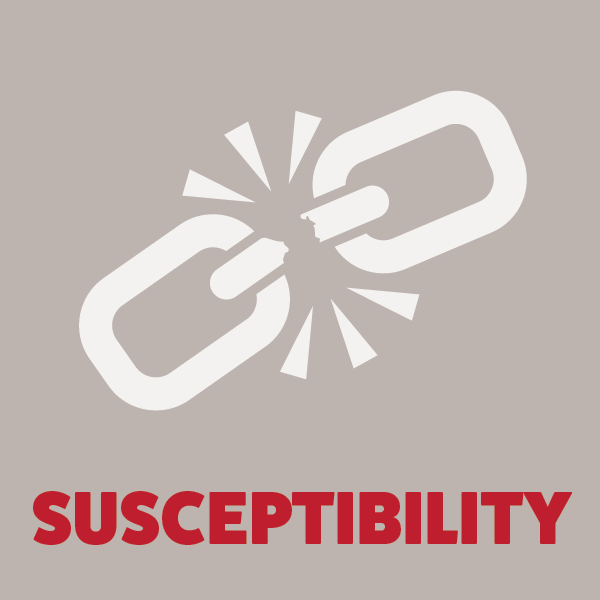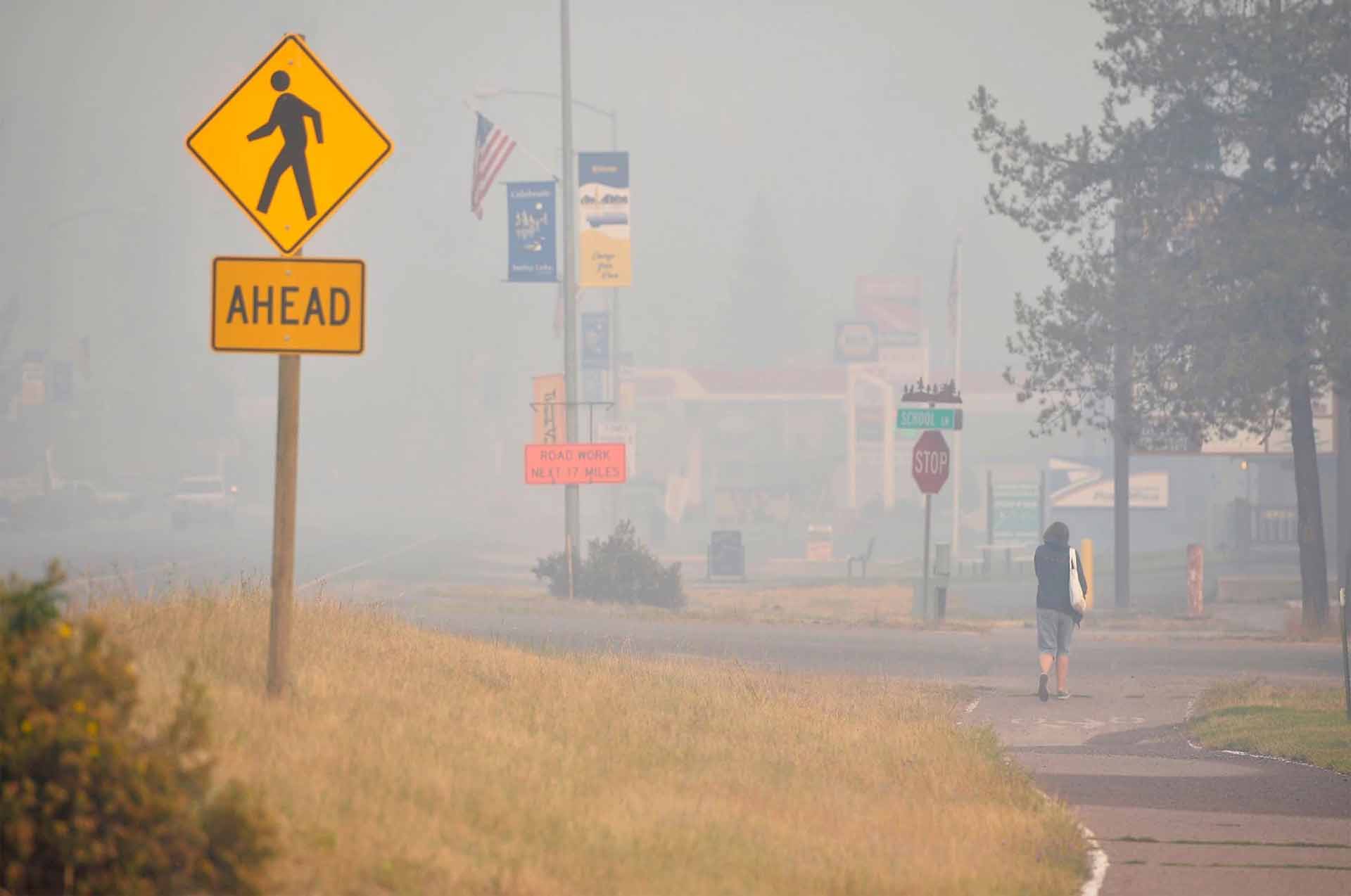
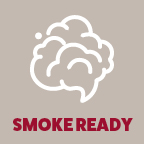
Smoke Ready
Prepare for the health impacts of wildfire smoke in the community.
About Being Smoke Ready
Exposure to wildfire smoke can pose a serious health risk. Wildfire smoke is a complex mixture of air pollutants. Fine particulates in wildfire smoke can create a public health threat, especially for some populations. These include:
- People with asthma, lung disease, or cardiovascular disease
- Pregnant people
- Children
- Older adults
- People who are low income
- Outdoor workers
- People who are unhoused
- People who live in mobile homes
- Black, Indigenous, Hispanic, and other people of color
To find neighborhood-level information about the populations listed in bold, visit the Explore section of this website and go to the Vulnerable Populations tab.

Explore your community’s risk.
Communities and individuals can be smoke ready by preparing ahead of wildfire season. Many community-level strategies can be integrated into Community Wildfire Protection Plans.
Community Strategies for Being Smoke Ready

Build a smoke-ready team
Have diverse representatives from the community. Partners can include public health professionals; air quality regulators; social service organizations like childcare, eldercare, and homeless services; and cultural leaders in the community. The team can help ensure messages and strategies address the needs of all community members.
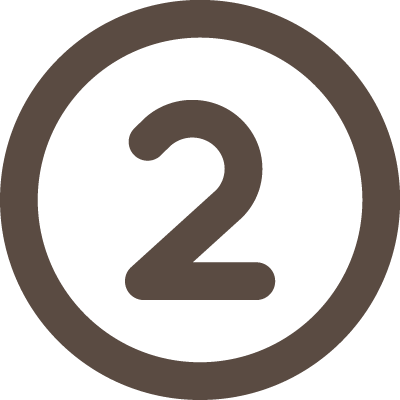
Develop a communication plan
Inform the public about smoke risks and tools to protect their health. Communication strategies can be created with different audiences in mind to reach the most vulnerable. Messages can be tailored to help people prepare before wildfires and react to air quality events during wildfires.
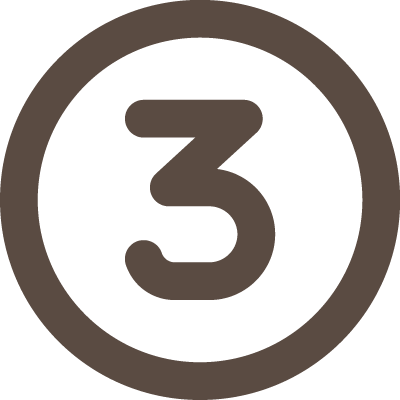
Create clean indoor air initiatives
Communities can help individuals avoid wildfire smoke by creating safe indoor spaces with air purifier loan programs for homes and facilities, N95 mask distribution programs, and public clean-air shelters. Information and workshops can help the public learn how to create clean rooms at home and build do-it-yourself box fan air purifiers.

Explore your community’s risk.
Community Tools
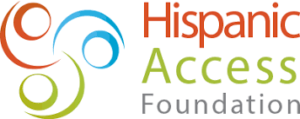
Hispanic Access Foundation Wildfire Toolkit
Latino communities are more vulnerable to experiencing the adverse effects of wildfires. The Hispanic Access Foundation Wildfire Toolkit provides resources about regulations and policies, public and mental health, and response and recovery issues to help communities address Latino considerations related to wildfire.
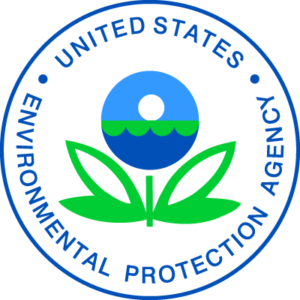
Smoke-Ready Toolbox for Wildfires
Public health officials and others can use the resources in the EPA’s Smoke-Ready Toolbox to help educate people about the risks of smoke exposure and actions they can take to protect their health.
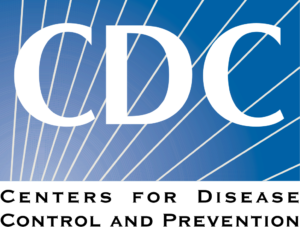
Protect Yourself from Wildfire Smoke
Health professionals, people with chronic conditions, and citizens can find strategies to reduce exposure to wildfire smoke.
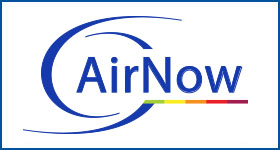
AirNow: Air Quality Index
AirNow is a one-stop source for air quality data, including impacts of wildfire smoke. It reports current air quality using the official U.S. Air Quality Index, a color-coded index designed to communicate whether air is healthy or unhealthy and which types of activities should be limited during air quality events.

AirNow: Wildfires
The Wildfire section of AirNow provides tools and resources for addressing air quality issues from wildfire smoke. Discover fact sheets, resources for public health officials, and real-time smoke maps.

Limited English Proficiency
LEP.gov provides resources and information to expand and improve language access for individuals with limited English proficiency. The site provides data and language maps as well as guidance and resources for those working in emergency preparedness.
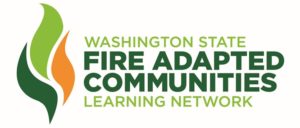
Community Engagement Toolkit
These free toolkits each contain a 3-part video series, presentation template with facilitator’s notes, and sample agendas (including resource links). The videos are in Spanish with English subtitles and cover topics including landscapes, communities, evacuation, smoke, home hardening, and resident recovery.

Ready.Gov
Ready.gov provides free information for all people seeking to prepare for disasters. This resource includes material tailored to individuals with access and functional needs. Information includes important planning considerations, emergency communication plan templates, and videos with open captions and American Sign Language.

Capacity-Building Toolkit for including Aging and Disability Networks in Emergency Planning
Developed by the US Department of Health and Human Services Office of the Assistant Secretary for Preparedness and Response in coordination with the National Association of County and City Health Officials, this free toolkit provides a resources guide for aging and disability networks to plan for and respond to disasters. Content is designed to support those with access and functional needs.
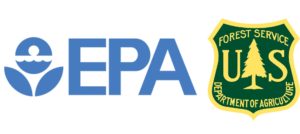
Fire and Smoke Map
The AirNow Fire and Smoke Map provides information in English and Spanish that can be used to help protect your health from wildfire smoke. It shows air quality information, fire locations, smoke plumes, smoke forecasts, and more. It is a collaboration between the U.S. Forest Service and the U.S. Environmental Protection Agency.
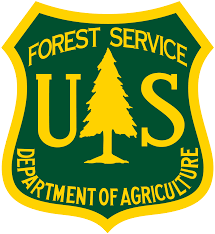
USFS Smoke Ready
This site is a compilation of information on how to be smoke ready and is intended for use by land management, public health, and environmental agencies; incident management teams and emergency responders; local governments, non-governmental organizations, and the general public. It includes messaging and resources in multiple languages.

Smoke Ready Community Examples
This research project is a collaboration between the EPA and U.S. Forest Service to create community smoke response plans. Lessons from the pilot study can help support community leaders in establishing a local smoke team, building collaborative partnerships, and creating local public health response plans.
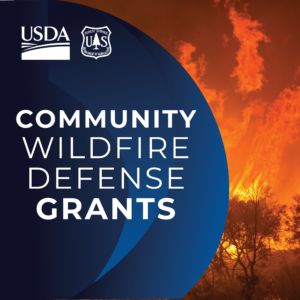
Community Wildfire Defense Grants (CWDG)
The Community Wildfire Defense Grant (CWDG) program provides grants to communities at risk from wildfire to develop or revise their community wildfire protection plans and carry out mitigation projects described within those plans. It is administered by the USDA Forest Service.
Research & Science
- Afrin S & Garcia-Menendez F. (2021). Potential impacts of prescribed fire smoke on public health and socially vulnerable populations in a Southeastern U.S. state. Science of the Total Environment 794:148712.
- Barkoski J, Van Fleet E, Liu A, Ramsey S, Kwok RK, & Miller AK. (2024). Data linkages for wildfire exposures and human health studies: A scoping review. GeoHealth 8(3).
- Barrett K. (2018). Full Community Costs of Wildfire. Bozeman, MT: Headwaters Economics.
- Davies I, Haugo RD, Robertson JC, & Levin PS. (2018). The unequal vulnerability of communities of color to wildfire. PLoS ONE 13(11): e0205825.
- Eisenman DP, & Galway LP. (2022). The mental health and well-being effects of wildfire smoke: A scoping review. BMC Public Health, 22(1), 1-2274.
- Kochi I, Donovan GH, Champ PA, & Loomis JB. (2010). The economic cost of adverse health effects from wildfire-smoke exposure: A review. International Journal of Wildland Fire, 19, 803-817.
- Liu JC, Pereira G, Uhl SA, Bravo A & Bell ML. (2015). A systematic review of the physical health impacts from non-occupational exposure to wildfire smoke. Environmental Research 136: 120-132.
- Morton DC, Roessing ME, Camp AE, & Tyrrell ML. (2003). Assessing the Environmental, Social, and Economic Impacts of Wildfire. GISF Research Paper 001, Forest Health Initiative. New Haven, CT: Yale University.
- Palaiologou P, Ager AA, Nielsen-Pincus M, Evers CR, Day MA. (2019). Social vulnerability to large wildfires in the western USA. Landscape and Urban Planning, 189, 99-116.
- Rappold AG, Reyes J, Pouliot G, Cascio WE, & Diaz-Sanchez D. (2017). Community vulnerability to health impacts of wildfire smoke exposure. Environmental Science & Technology 51(12): 6674-6682.
Learn how these actions align with federal policies and initiatives.


